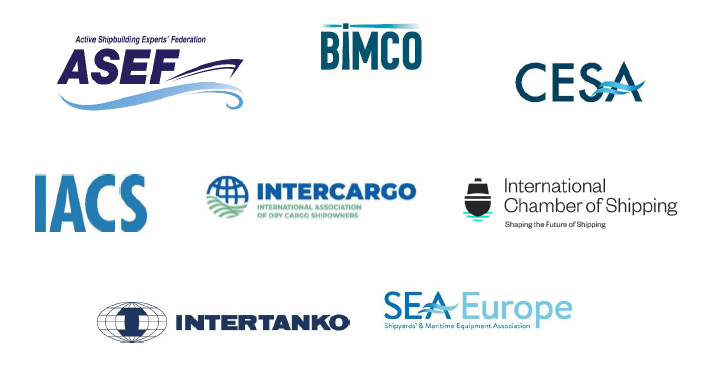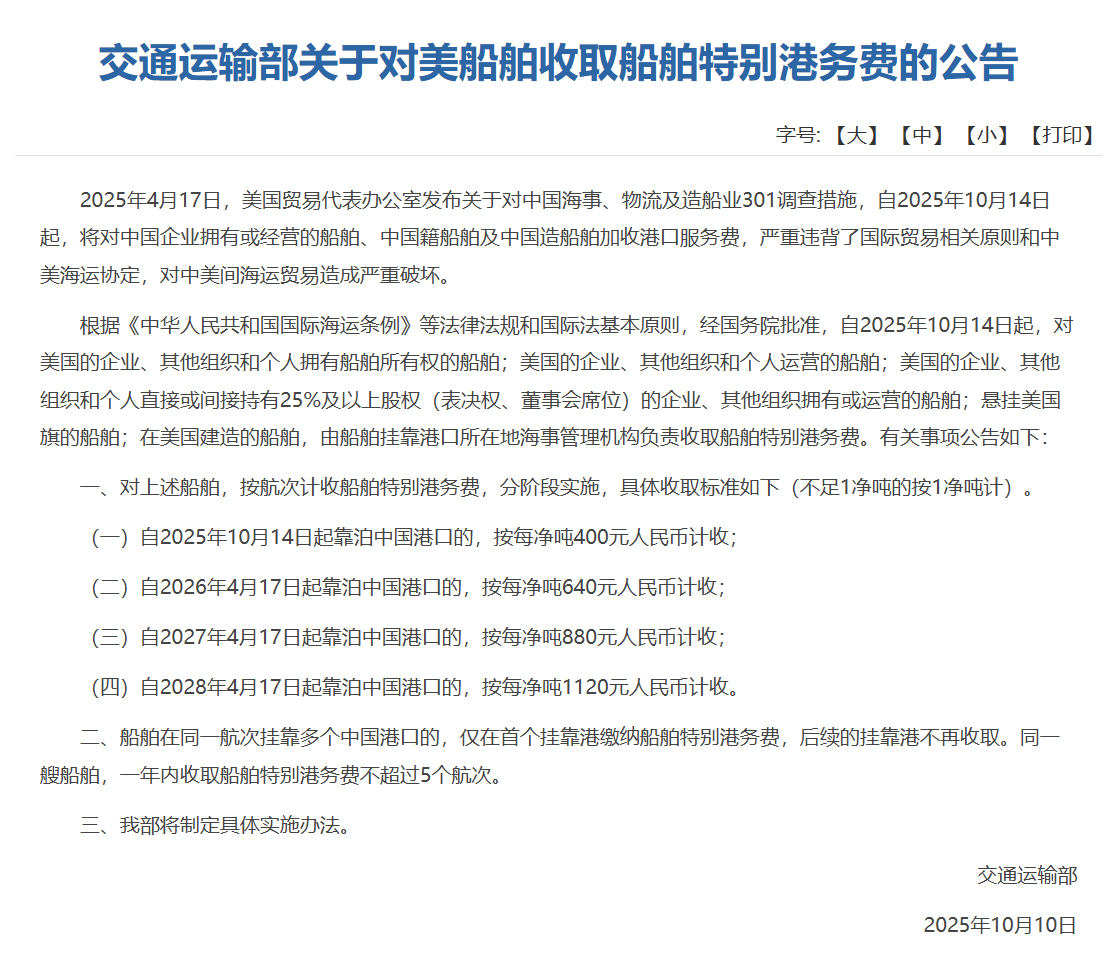
With next IOPP renewal survey completion on or after 8 September 2019, a substantial number of vessels which presently only comply with the D-1 standard will be required to install a D-2 standard ballast water treatment system. This statutory news provides some recommendations on how to effectively install a system in due time.
Below you will find some hands-on recommendations for going ahead with the ballast water management implementation:
Ship owners’ checklist – The most important tasks for a ship owner or operator, in order of their priority:
▪Retroactive Requirements (RR): For your individual vessels, compare the overview of IOPP renewal dates you have pre- pared, with their specific RR messages, and posted under My Services on Veracity. These RR messages help you to manage due dates and to take the necessary actions to ensure the proper follow-up of the retrofit requirements (e.g. RR Ref. 1034f, RR Ref. 1034g and MO Ref. 287).
▪Any IOPP renewal completion on or after 8 September 2019 triggers at the same time the installation of a ballast water treatment system (BWTS), as from that date (BWMC Reg. B-3.10.1.1 applies).
▪For ships with the last IOPP renewal before 8 September 2014:
Check your fleet and verify whether the last IOPP renewal survey was done before 8 September 2014. If this is the case, the next IOPP renewal should be completed before 8 September 2019 (ref. Reg. B-3.10.2). This ensures you take full advantage of the due date for D-2 compliance which is then on the second IOPP after entry into force. Otherwise, the BWMC Reg. B-3.10.1.1 applies and the D-2 compliance date changes, becoming the first IOPP renewal on or after 8 September 2019. Yes, this may seem complicated; Appendix A illustrates this point (MO Ref. 287 have been issued on these ships).
▪IOPP re-coupling is advantageous for the BWM D-2 due date only on IOPP de-coupled ships, which had the last regular IOPP renewal before 2014-09-08.Any IOPP re-coupling for these ships must be done before 8 September 2019. Consent by the flag administration is required. Any request for IOPP re-coupling shall be submitted via DATE to profit from a smooth process.
▪For ships with an IOPP renewal between 8 September 2014 and 7 September 2017:
The due date of 8 September 2019 is not relevant for these ships. The BWMC Reg. B-3.10.1 applies and the D-2 compli- ance date is the first IOPP renewal after 7 September 2017.
▪Plan your retrofit, and ensure relevant documents are forwarded to class for approval as early as possible.
▪Beware: Normally it takes 6 to 9 months from ordering the BWTS, 3D scanning and design, and class approval of instal- lation drawings, to installation and commissioning.

Approval process
The approval of the installation drawings depends on the quality of the drawings, the quality of the design, vessel type, and ballast water treatment system technology. The installation should comply with the BWM Convention and the DNV GL rules.
DNV GL has developed a list of required documents (a DocReq) for the different types of treatment technology, including a minimum of drawings that should be submitted for approval. The document shall be sent upon request when applying for approval. The approval process should be initiated at least 3 months before the scheduled installation to account for the handling of comments and follow-up, when required.
Below is a list of some items which, based on our experience, require attention from owners and designers:
▪Type and model of the BWTS: The name, model and treat- ment capacity of the system must be clearly stated in all documentation.
▪Valid Type Approval Certificate (TAC): All systems shall have a valid TAC, issued by the flag or accepted by the flag of the vessel, e.g. issued by a RO to the flag (or has otherwise formally acknowledged the TAC).
▪Bypass in general and gravity bypass: All ship bypasses, and not only the treatment system bypass valve, shall be logged and given an alarm.
▪Sampling ports for D-2 compliance: Sampling pipe details, location and access to sampling ports.
▪For systems using active substances (G9 systems, e.g. electrolyzed, chemical or ozone): Location and capacity of ventilation and monitoring of dangerous gas/liquid in the space of installation to be considered.
▪BWM Plan: This should, as a minimum, contain what is in our template; see template “BWM plan template for D-2” at dnvgl.com/bwm (please provide D-2 BWMP only if D-1 has been approved previously)
When all the documents are approved and the system has been installed, there must be a commissioning and an initial survey by a DNV GL surveyor. If everything is in order, the surveyor will issue an International BWM Certificate (IBWMC), with the box “D-2” ticked off.
Recommendations
▪Review the ship owners’ checklist above – and take action!
▪Start the approval process in due course – and at least 3 months before installation.
▪Ask class, flag and manufacturers should you have any questions.
Source:DNV GL
Please Contact Us at:






